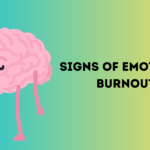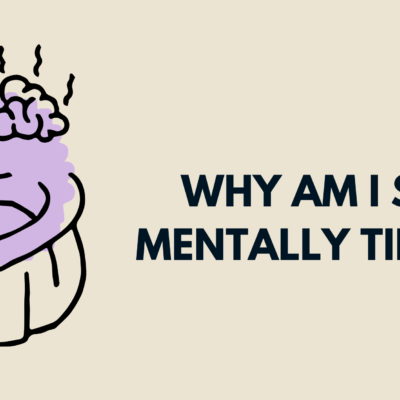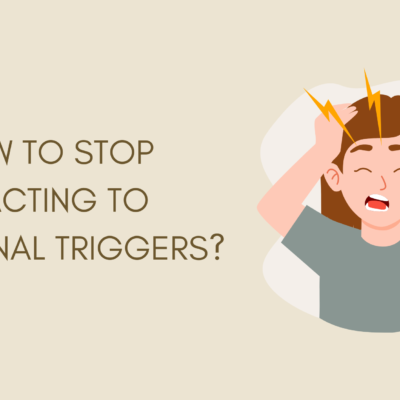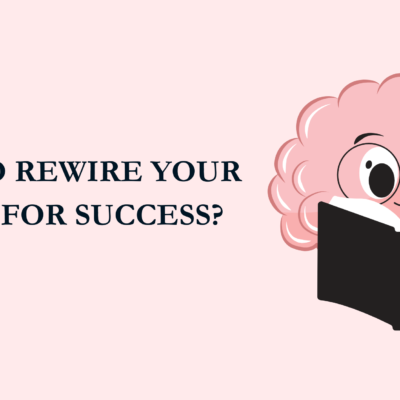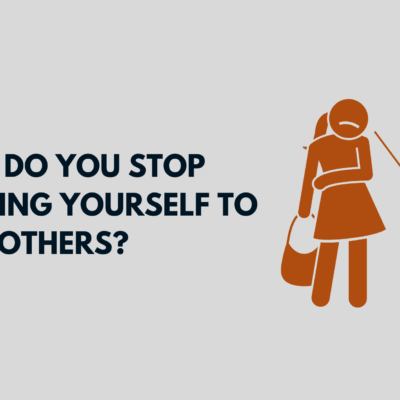How to Take Back Control of My Life: There are moments in life when you look around and wonder: How did I get here? You feel like you’re just existing instead of living. Life is happening to you, not for you—or with you. Days blur together. You’re stuck in a cycle of stress, people-pleasing, overthinking, or simply surviving.
If this sounds familiar, you’re not alone. Many of us reach a point where we feel like we’ve lost the reins of our own story. But here’s the truth: you can take back control of your life—and it starts with small, intentional choices that reconnect you with your power.
Also Read:
This isn’t about perfection. It’s about ownership. Owning your time, your energy, your voice, your choices. Whether you’ve lost control due to stress, toxic relationships, burnout, fear, or simply drifting, this guide will help you find your way back—step by step.
1. Pause and Acknowledge Where You Are
Before you take back control, you need to pause and take an honest, compassionate look at your current life.
Ask yourself:
- What areas of my life feel out of control?
- What am I tolerating that’s draining me?
- Where am I giving my power away—through guilt, fear, or habit?
This step requires courage, not criticism. Don’t beat yourself up. Self-awareness is the starting point of all transformation. You can’t change what you’re not willing to see.
Start journaling your answers. Getting your thoughts out of your head and onto paper gives clarity. It turns confusion into insight.
2. Reconnect With Your Inner Voice
When you’re disconnected from yourself, it’s easy to start living by other people’s scripts—what society, parents, or partners think you should do.
To reclaim your life, you have to reconnect with your own voice.
Ask:
- What do I truly want—not what others expect from me?
- What brings me joy, peace, or meaning—even in small doses?
- What kind of life would make me feel proud to wake up every day?
You don’t need all the answers right away. But beginning to listen to yourself again is a radical act of self-respect. That voice within you? It’s still there. It’s just waiting to be heard.
3. Let Go of What No Longer Serves You
Control isn’t about doing more. Often, it starts by doing less of what’s draining you.
Take inventory:
- What commitments feel like burdens?
- Which relationships feel toxic or one-sided?
- What habits or thought patterns are keeping you stuck?
- Where are you saying “yes” out of guilt instead of desire?
Letting go is scary—but it’s necessary. You cannot take back your life while still holding on to everything that’s drowning you.
Start with small boundaries. Say no. Cancel that one thing. Distance yourself from negativity. Decluttering your emotional and mental space creates room for clarity and direction.
4. Take Radical Responsibility
One of the most powerful ways to take back control is to stop blaming others for your unhappiness. That doesn’t mean others aren’t responsible for harm or pain—but healing starts when you say:
“I get to choose how I respond. I get to decide what I do from here.”
Radical responsibility is not about fault—it’s about freedom. When you own your life, you become the creator of your future, not the victim of your past.
Ask:
- Where am I waiting for someone else to change so I can be happy?
- What choices am I avoiding that I know deep down I need to make?
Take your power back—not with force, but with ownership.
5. Start Creating Tiny Wins Every Day
Change doesn’t happen all at once. It’s the result of tiny, consistent actions that rebuild your confidence and momentum.
Try this:
- Wake up 10 minutes earlier and breathe deeply before checking your phone.
- Drink a full glass of water before starting your day.
- Move your body for 15 minutes.
- Cross off one thing on your to-do list, no matter how small.
- Speak up once today—in a meeting, a text, or a mirror.
Each time you act with intention, you’re telling your brain: I matter. My life matters. I am capable.
These tiny wins compound over time. They lead to massive shifts.
6. Rewrite Your Story
Sometimes the biggest thing stealing your control isn’t your circumstances—it’s your narrative.
What story are you telling yourself every day?
- “I’ll never be good enough.”
- “It’s too late for me.”
- “I’m stuck in this situation.”
- “This is just who I am.”
These aren’t facts. They’re beliefs—and beliefs can be rewritten.
Try replacing those thoughts with empowering truths:
- “I’m learning and growing, even if I mess up.”
- “It’s never too late to change direction.”
- “I can do hard things, even when I’m scared.”
Your mind believes what you repeat. Start repeating something kinder.
7. Take Control of Your Time
If you don’t take control of your time, someone else will. Your schedule reflects your values—or lack of them.
Start asking:
- Where is my time going each day?
- Am I spending more time reacting than creating?
- What small routines could support my energy instead of drain it?
Create time blocks for things that matter: reading, resting, moving, planning, connecting. Even 15–30 minutes a day of intentional time can change your life’s direction.
Remember: Saying “I don’t have time” often means “It’s not a priority right now.” Reclaim your calendar. Make yourself a priority again.
8. Surround Yourself With Supportive People
It’s hard to take back control of your life if you’re surrounded by people who benefit from you staying small, silent, or stuck.
Ask:
- Do my relationships empower me or exhaust me?
- Who cheers me on when I grow, heal, or set boundaries?
- Who do I need more of—and less of?
Create space for people who see your worth. Build a circle that challenges and uplifts you.
Sometimes taking back your life means outgrowing people who only loved the version of you that didn’t love yourself.
9. Silence the Noise
Modern life is loud. Social media, news, opinions, ads, comparison—it’s easy to lose yourself in the noise of the world.
Take breaks from:
- Doom-scrolling
- Social media comparison
- Constant stimulation
Instead, spend more time with:
- Nature
- Books
- Music
- Silence
- Yourself
Create mental space so you can hear your own thoughts again. Peace is power. A quiet mind makes clearer decisions.
10. Reconnect With Purpose
You don’t need a five-year plan. But you do need something to care about—a reason to get out of bed, something that lights a small fire in your chest.
Ask:
- What makes me feel alive?
- What injustice breaks my heart that I want to change?
- What skills or gifts have I forgotten?
- What legacy do I want to leave?
Purpose doesn’t have to be grand. It could be raising kind children, helping one person, or expressing your truth through art or writing. Start small—but start.
When you reconnect with purpose, you stop drifting. You start driving.
11. Accept That Not Everything Is in Your Control
Ironically, part of taking back control is knowing what’s not yours to manage.
You can’t control:
- How others treat you
- What happened in the past
- Every outcome of your choices
But you can always control:
- Your boundaries
- Your attitude
- Your self-care
- Your responses
- What you focus on
Let go of what’s not yours. Focus your energy on what is. That’s where true freedom lies.
Final Thoughts: You Hold the Pen Now
Taking back control of your life doesn’t mean fixing everything overnight. It means choosing, each day, to write your story instead of just reading it.
You are not powerless.
You are not too far gone.
You are not stuck forever.
You may have forgotten your power. But it’s still inside you. And the moment you decide to take one small step, you begin to remember:
This is your life. You get to decide how it goes.
So take a breath. Take a break. Take a leap.
And take back the pen.
The next chapter is waiting.

